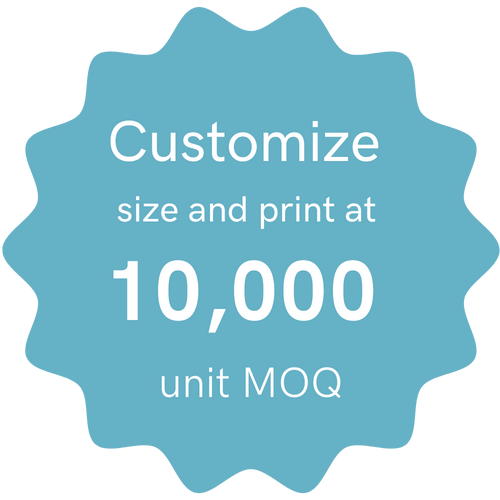Our sustainable coffee pouches can be made exactly to your specifications. Even if you're unsure what pouch type you need, inquire below and we will get you on the right track. Available at an MOQ of 10,000 units, we have a number of different options, each having different moisture barriers. Sizing, print, and features can be fully customized.
Add ons:
- Tear Notch
- Degassing Valve
- Windows
- Hang Hole for Retail
- Laser/Perforation cut
- Hang Hole for Retail
Finish:
- Gloss / Matte / Spot Matte
These pouches epitomize convenience, freshness, and aesthetic appeal, making them a perfect choice for eco-friendly coffee businesses. Designed with coffee freshness in mind, these pouches feature a one-way degassing valve that preserves the flavor and aroma of your premium coffee beans. Their excellent barrier properties shield the beans from external elements, ensuring an extended shelf life. Perfect for whole beans, ground coffee, or specialty blends, these coffee pouches maintain the utmost quality and taste. Beyond their functional advantages, coffee pouches' sleek appearance and customizable branding enhance shelf appeal, making your products stand out on the market. From premium artisan roasts to sustainably sourced organic blends, these sustainable coffee pouches provide a sophisticated and environmentally responsible packaging solution.
Discover our range of compostable pouches, thoughtfully designed with sustainability in mind. Our selection includes a variety of laminates, with some being certified as both Home and Industrial Compost Compliant. We take pride in offering you the best options based on your specific needs. Depending on the contents you wish to pack, we will recommend the most suitable material structure and barrier level (Low/Medium/High) to ensure optimal compostability for your product. Embrace eco-friendly packaging with our compostable pouches and contribute to a greener future.
Inquire below to get started!







